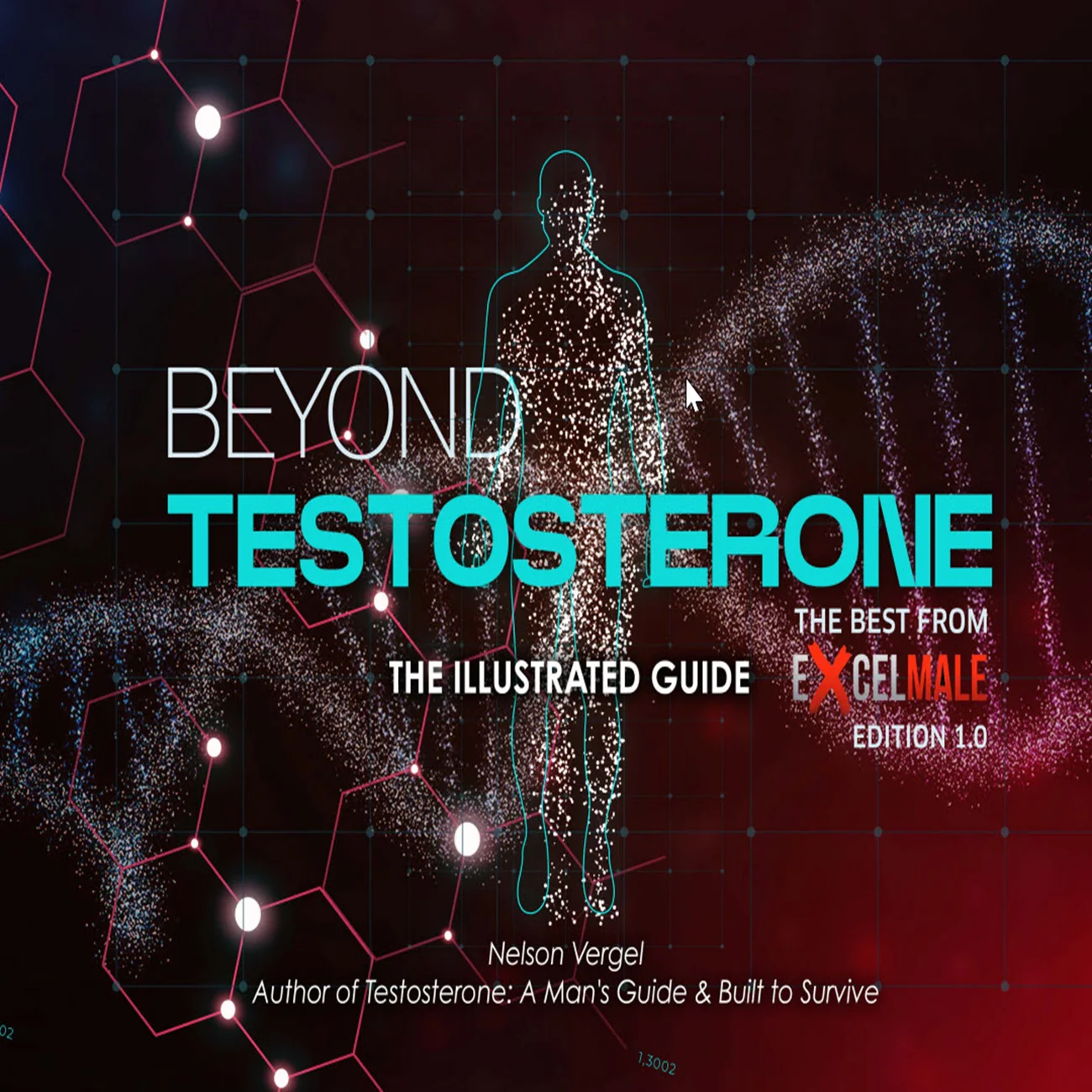Leuprolide acetate (LA) is a synthetic form of GnRH, acting as an agonist by emulating the natural hormone function and transiently stimulating gonadotropin hormone excretion (Wilson et al. 2006). It differs from natural GnRH in its reduced susceptibility to degradation, granting it a longer-lasting effect. LA has been utilized for treating various nervous system conditions as pituitary apoplexy and spinal and bulbar atrophy, enhancing the perceived neuroregenerative and neuroprotective role of GnRH (Sasagawa et al. 2015; Suzuki et al. 2012).
Numerous studies have explored the neuroregenerative potential of leuprolide acetate. For example further investigations focused on spinal cord injury regeneration in rats, revealing structural and functional recovery through LA treatment as evidenced by gait analysis and spinal cord histology (Díaz-Galindo et al. 2015). Another study targeted spinal cord inflammation using an autoimmune encephalomyelitis model in rats, showing a significant reduction in NF-κB and proinflammatory cytokine markers IL-1β, IL-17A, and TNF-α (Guzmán-Soto et al. 2016). In 2018, a clinical trial administered 6 months of LA treatment to human 194 patients with spinal cord injury, resulting in substantial improvements in sensory function, motor activity, and independence (Quintanar et al. 2018). Additionally, in the same year, LA treatment led to the recovery of urination in a rat model of spinal cord injury, reinforcing its efficacy in functional recovery (MedinaAguiñaga et al. 2018). Furthermore, an article two years later demonstrated the positive effects of LA treatment on anal sphincter recovery in spinal cord injury in rats (Altamira-Camacho et al. 2020).
LA has also been used to treat significant disorders in the peripheral nervous system. In 2020, researchers investigated its effects on the peripheral nervous system using an animal model of complete sciatic nerve transection, confirming its ability to enhance nerve functionality and integrity post-injury (HernándezJasso et al. 2020). Moreover, improvements in electrical conductivity were reported in a glaucoma model in rats, with electroretinograms showing enhanced signals for the LA-treated groups (Esparza-Leal et al. 2023). In a recent study, LA administered to rats with neonatal hypoxic-ischemic injury resulted in a reduction of inflammatory markers and anxious behavior (Pedroza-García et al. 2023).
While LA is the most renowned GnRH analogue, other analogues are also under neuroscientific research. Triptorelin has been used to treat neurofibromatosis and/or optic glioma in case reports, demonstrating efficacy in suppressing gonadotropin and sex steroid levels and reducing neurofibromatosis manifestations (Kocova et al. 2015; Laue et al. 1985). Buserelin has shown potential as a treatment for cyclical sciatica in women and has been associated with adverse effects on enteric neuropathy (Sand et al. 2014; Takata & Takahashi, 1994). Goserelin has been explored in treating optic glioma and enhancing cognitive ability in a sheep model (Nuruddin et al. 2013).












